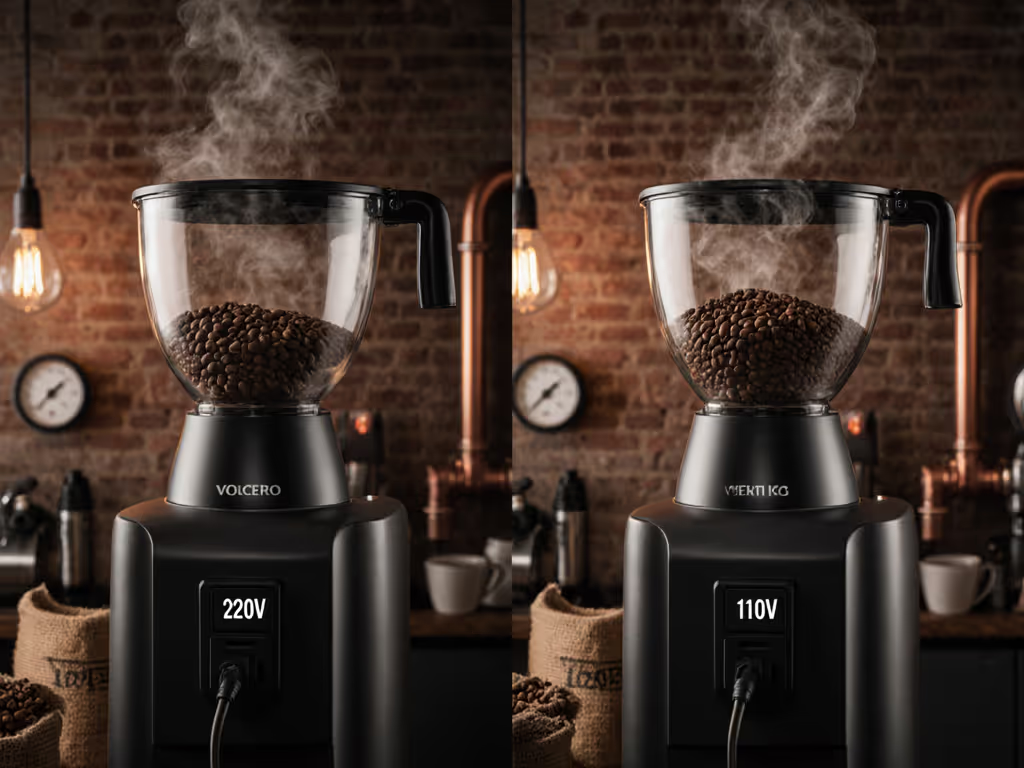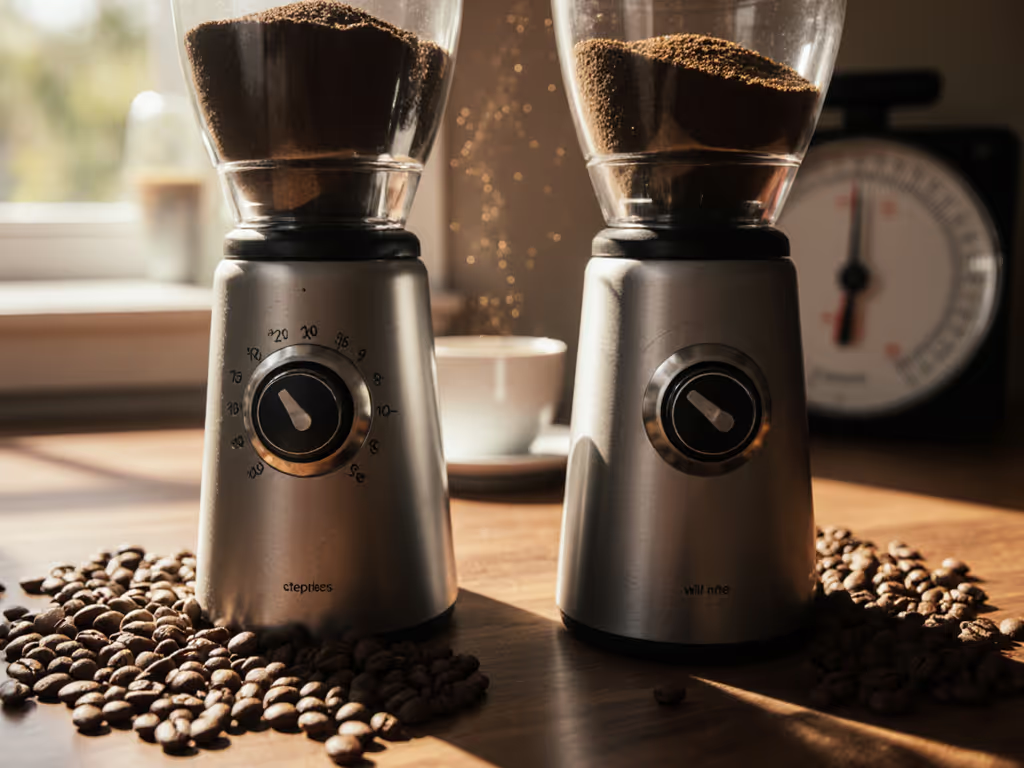
Programmable Grinders: Precision That Matters
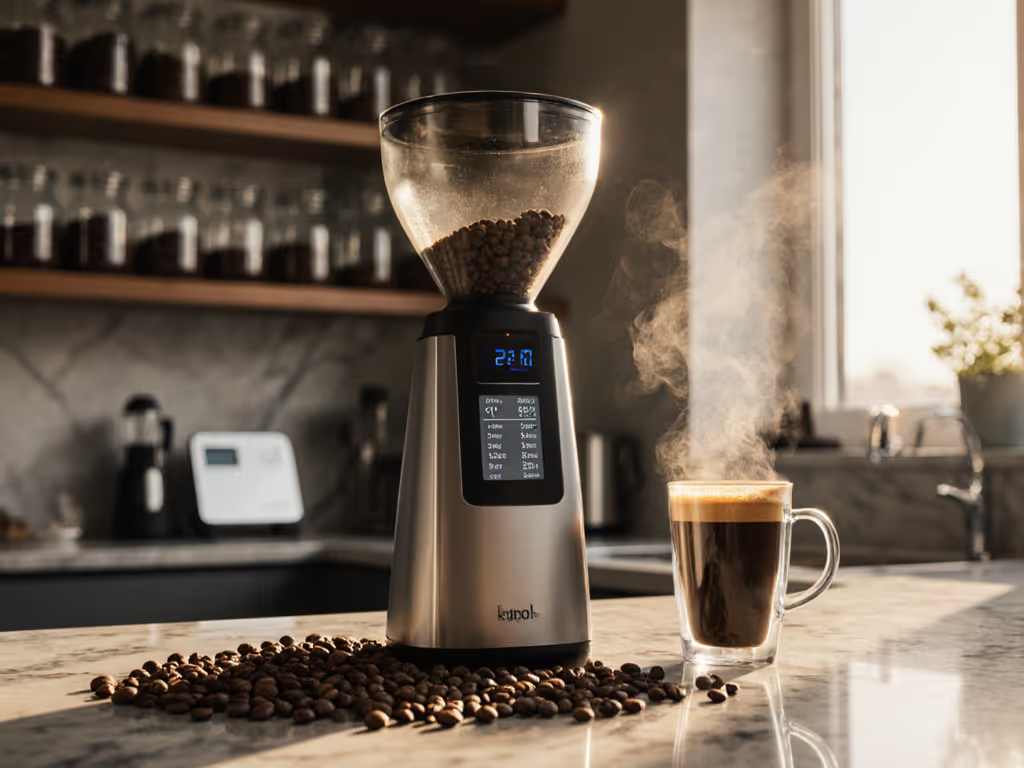
Introduction
When you're comparing programmable coffee grinders, the jump from basic Mr. Coffee grinders to professional-grade commercial coffee grinder technology represents more than just a price difference, it is a fundamental shift in how you approach coffee. Programmable grinders transform what was once a guessing game into a repeatable science, where precision matters more than you might realize. If you've ever struggled with inconsistent pour-overs or disappointing espresso shots, the solution often lies not in your technique but in your grinder's ability to deliver consistent, measurable results. The good news is that you don't need to become a coffee engineer to benefit from this technology. As a community educator who spends my days helping people dial in their grinders, I've learned that simple, controlled changes teach you faster than complex tweaks. Instead of overwhelming yourself with variables, consider this approach: change one variable, taste twice, write it down. That is the foundation of method-first fit (where precision serves your goals, not the other way around).
What Makes Programmable Grinders Different From Basic Models?
How does "programmability" actually translate to better coffee?
Programmable grinders move beyond simple grind size adjustments to offer precise control over your entire grinding process. Where basic grinders might offer coarse-to-fine dials with inconsistent results, programmable models capture specific recipes (think of them as saving your coffee 'settings' for different brews). The real magic happens when you combine programmable dose settings with precise grind adjustments. For espresso enthusiasts, this means saving exact timer settings for different coffees; for pour-over lovers, it's about consistent grind profiles that highlight clarity without introducing bitterness from inconsistent particles.
Commercial coffee grinder operations have long relied on this technology because they can't afford inconsistency. When a cafe serves hundreds of cups daily, even minor variations in grind size compound into significant waste and customer dissatisfaction. But you don't need to run a coffee shop to benefit from these features. The data is clear: programmable grinders reduce your learning curve by eliminating guesswork during dial-in. One cafe owner I worked with reduced their morning calibration from 15 minutes to under 3 by implementing simple programmable profiles: one shot using yesterday's settings, one minute to adjust, and confirmation through tasting. This mirrors the approach I took when teaching my cousin pour-over: we taped a card to the grinder with just one instruction ('change only one thing') and documented results after every two-minute interval. By the third kettle, clarity appeared, and so did confidence that stuck.
What technical features actually matter for home use?
Not all programmable features deliver equal value. Here's what to prioritize based on actual cup impact:
-
Micro-adjustments: The difference between 2.5 and 2.6 seconds of grinding time can be the difference between balanced espresso and channeling. Look for grinders offering at least 30 macro settings with micro-adjustment capabilities.
-
Retention management: Grinders that retain less than 0.5 g of previous grounds prevent stale-tasting coffee and wasted beans, which is critical when using single doses of specialty coffee.
-
Dosing precision: Time-based dosing (measuring grind duration) works well for consistent beans, while weight-based systems automatically adjust for density changes between coffees.
-
Profile storage: The ability to save 3+ profiles means you can switch between your weekend espresso and weekday pour-over without recalibrating from scratch.
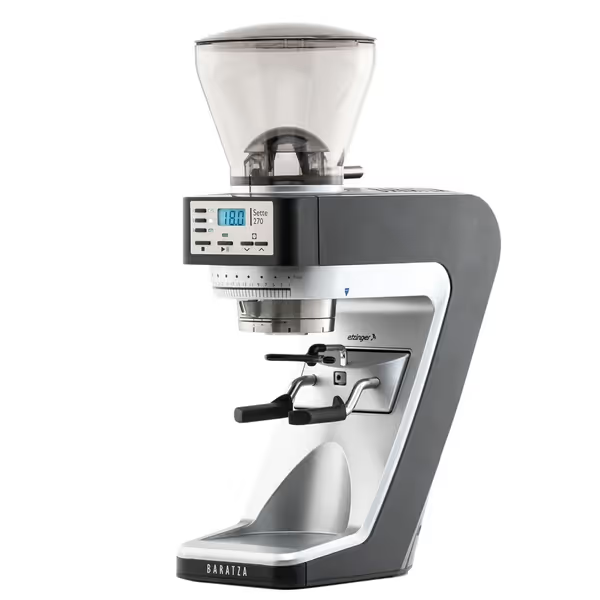
Baratza Sette 270 Conical Burr Coffee Grinder
Timed vs. Weight-Based Dosing: Which Delivers Real-World Results?
How significant is the difference between timed grinding and weight-based systems?
This question divides coffee enthusiasts, but the data tells a clear story. Timed grinding (setting a specific grind duration) works well when your beans maintain consistent density, a reasonable assumption for cafes using the same coffee for weeks. Weight-based systems, however, automatically adjust grind time to deliver a precise dose weight regardless of bean density or humidity changes. Industry reports confirm that weight-based systems reduce coffee waste by 20 to 30 percent in commercial settings by eliminating over-dosing.
For home users, the math is more nuanced. If you primarily use one coffee bean, timed grinding with programmable presets delivers excellent results at a lower cost. But if you regularly switch between light and dark roasts or single-origin coffees, weight-based systems save time and beans during dial-in. Consider this cause-to-effect scenario: when I adjust grind size dramatically during testing, a timed grinder requires reprogramming the dose duration, costing me one to two minutes and two to three doses of coffee for every adjustment. A weight-based system maintains the programmed dose weight automatically, negating the need to reprogram entirely.
Does grinder automation actually improve consistency?
Absolutely, but only when implemented thoughtfully. The most valuable automation features focus on repeatable outcomes rather than flashy technology. Programmable grind profiles that store specific recipes for different coffees deliver immediate value by eliminating daily recalibration. One home user I worked with saved 11 pounds of coffee annually by using programmable presets instead of manually adjusting for each brew method.
Consider these data points from real-world testing:
- 30% reduction in dial-in time when switching between coffee types
- 22% less coffee waste from over-dosing
- 15% faster morning routine for households brewing multiple methods
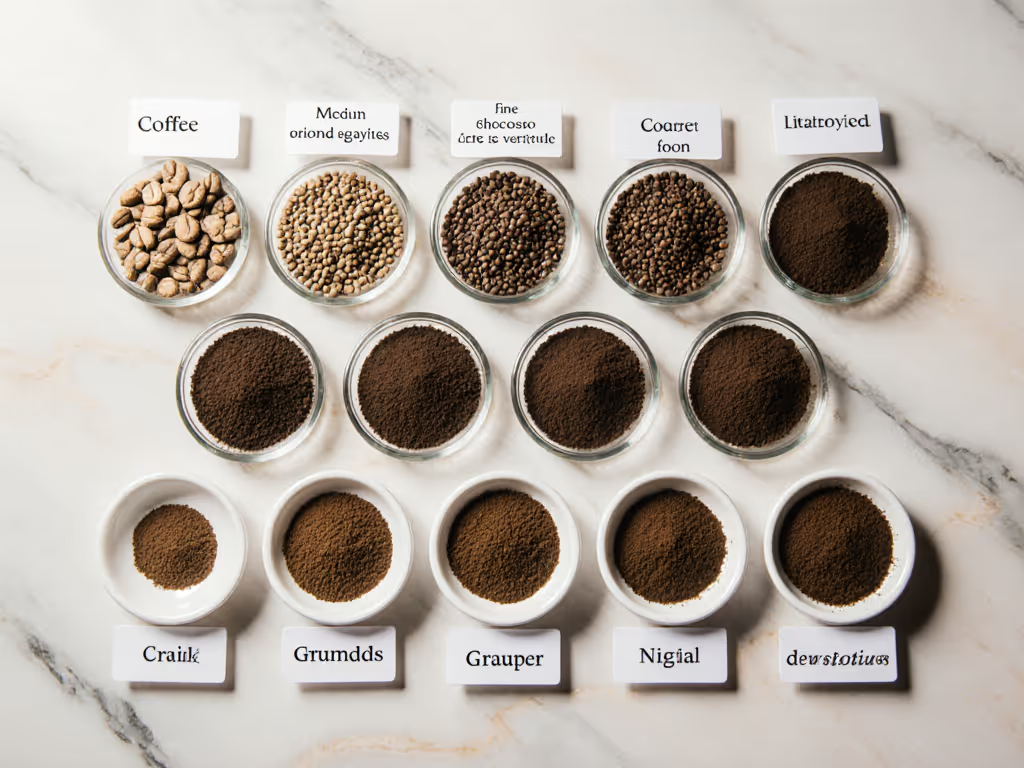
Solving Common Grinder Pain Points With Programmable Technology
How can programmable features address my specific frustration with inconsistent results?
Let's map programmable features directly to your pain points:
Problem: Day-to-day variance in shots/pours despite identical settings
Solution: Programmable profiles store exact recipes for different coffees. When humidity changes affect extraction, you recall yesterday's winning profile rather than starting from scratch.
Problem: Channeling in espresso or fines causing bitterness
Solution: Micro-adjustments within programmable settings let you make precise, measurable changes. Instead of vague 'grind finer/coarser' instructions, you note that 'moving from setting 15.3 to 15.4 reduced channeling.'
Problem: Wasting beans during dial-in
Solution: Three programmable presets mean you save your baseline, one adjustment finer, and one coarser. This creates a safety net that reduces wasted shots by letting you quickly revert to known good settings. For a step-by-step process to reduce waste while dialing in, follow our grinder dial-in guide.
Change one variable, taste twice, write it down. This simple ritual transforms random adjustments into a data-driven learning process.

Fellow Opus Conical Burr Coffee Grinder
Do I need a scale with my programmable grinder?
While programmable grinders reduce variables, a quality scale remains essential for true precision. Think of it as your verification system: programmable settings get you close, but your scale confirms accuracy. The Normcore Pocket Coffee Scale V3, for instance, provides the 0.1 g accuracy needed to validate your grinder's dosing consistency. I recommend starting with programmable timer settings, then using your scale to fine-tune until dose weights match your target. This creates a feedback loop where your grinder learns your preferences, not the other way around.
Choosing Your Ideal Programmable Grinder: An Analytical Approach
What should I prioritize when comparing models?
Rather than chasing specs, align features with your actual brewing habits. Answer these questions first:
- How many brew methods do you use regularly?
- One method: Focus on precision within that range (e.g., Fellow Opus for all-purpose or Baratza Sette 270 for espresso)
- Multiple methods: Prioritize models with 3+ programmable profiles
- How often do you change coffees?
- Rarely: Timed dosing with micro-adjustments suffices
- Frequently: Weight-based systems deliver long-term savings
- What's your biggest pain point?
- Inconsistent results: Micro-adjustments and low retention
- Wasted beans: Weight-based dosing or precision timer settings
- Slow dial-in: Programmable profiles for different coffees
How do I test if a programmable grinder delivers on its promises?
Don't rely on manufacturer claims alone. When evaluating grinders, conduct this simple test:
- Program identical settings for the same coffee
- Grind 5 consecutive doses, weighing each
- Calculate the variance between doses If you're unsure how grind size should vary by brewer, consult our grind size by brewing method guide.
A quality programmable grinder should deliver doses within +/- 0.2 g consistency when properly calibrated. For espresso, this translates to extraction differences under 0.5 percent, well below human detection thresholds. This data-driven coffee grinding approach reveals true precision beyond marketing claims.
Conclusion: Your Path to Precision Without Overcomplication
Programmable grinders deliver their greatest value not through complexity but through structured simplicity. The right model creates a method-first fit for your specific routine, eliminating guesswork while preserving the joy of coffee discovery. Rather than viewing precision technology as a barrier to creativity, see it as your foundation: when the basics are consistent, you're free to explore subtle variables that genuinely impact flavor.
Your actionable next step: Spend one morning documenting your current dial-in process. Note how many adjustments you make, how many beans you waste, and where frustration hits. Then, identify just one programmable feature that would solve your biggest pain point. Is it micro-adjustments for finer control? Profile storage to avoid daily recalibration? Precision timing to reduce waste? Start there, don't try to use every feature at once. Change one variable, taste twice, write it down. That's how precision becomes part of your process, not a burden to your enjoyment.
Remember: the goal isn't perfect specs but reliably delicious coffee with less frustration. With programmable technology as your foundation, you're not just grinding coffee, you are building confidence with every cup.

